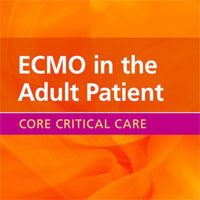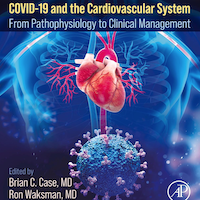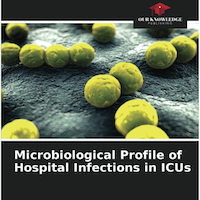Tag: ARDS
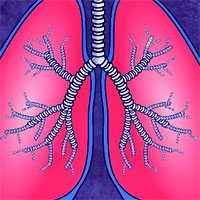
Fifty Years of Research in ARDS
Mechanical ventilation (MV) is critical in the management of many patients with acute respiratory distress syndrome (ARDS). However, MV can also cause ventilator-induced lung injury (VILI). The selection of an appropriate... read more
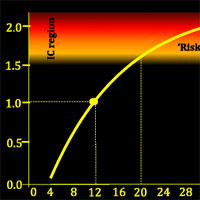
The Future of Mechanical Ventilation
The adverse effects of mechanical ventilation in acute respiratory distress syndrome (ARDS) arise from two main causes: unphysiological increases of transpulmonary pressure and unphysiological increases/decreases of pleural... read more

Guidelines for the Diagnosis and Management of Critical Illness-Related Corticosteroid Insufficiency – Part II
This part II of the guidelines for the diagnosis and management of critical illness-related corticosteroid insufficiency (CIRCI) in critically ill patients is related to acute illnesses that may be complicated by CIRCI. We... read more
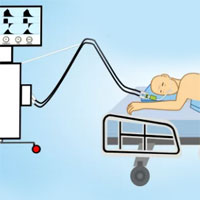
Predicting the Hemodynamic Response to Prone Positioning
Graphical models of physiology are heuristically appealing as they facilitate qualitative conclusions at the bedside of the critically ill. Historically, the Rahn diagram has portrayed the physiology of the lungs, chest wall... read more

The Hidden Faces of Sepsis, What Do They Tell Us?
Based on the patients' perspective Nutma sheds light on the hidden faces of sepsis, calling for more expertise on sepsis sequelae. She also offers recommendations to improve recovery and outcome. Sepsis really caught me by... read more
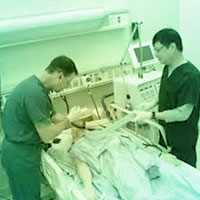
Implementation of a Goal-Directed Mechanical Ventilation Order Set Improves Compliance
Implementation of a Goal-Directed Mechanical Ventilation Order Set Driven by Respiratory Therapists Improves Compliance With Best Practices for Mechanical Ventilation. Data regarding best practices for ventilator management... read more
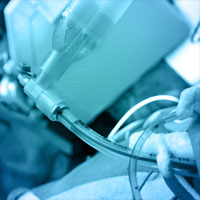
Treating Acid–Base Abnormalities in the ICU
Acidemia has both harmful and beneficial biological effects. Sodium bicarbonate is generally ineffective in raising pH when ventilation is limited, as in patients with ARDS. Even when alkalinizing agents can correct the pH,... read more
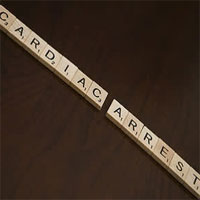
Optimal Approach to Mechanical Ventilation After Cardiac Arrest
Return of spontaneous circulation after cardiac arrest results in a systemic inflammatory state called the post-cardiac arrest syndrome (PCAS), characterised by oxidative stress, coagulopathy, neuronal injury, and organ dysfunction.... read more
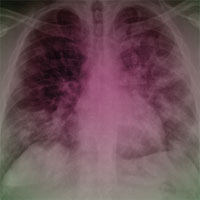
Corticosteroid Therapy for Critically Ill Patients with the MERS
Corticosteroid therapy in patients with Middle East Respiratory Syndrome (MERS) was not associated with a difference in mortality after adjustment for time-varying confounders, but was associated with delayed MERS coronavirus... read more
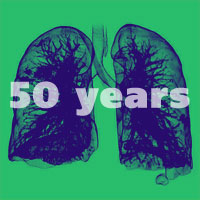
50 Years of Research in ARDS
Mechanical ventilation (MV) is critical in the management of many patients with the acute respiratory distress syndrome (ARDS). However, MV can also cause ventilator-induced lung injury (VILI). The selection of an appropriate... read more
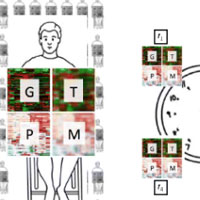
Challenges and Opportunities for a Precision Medicine Approach to Critical Illness
Precision medicine in critical care is a key part of our present and future. However, many challenges limit its application for all patients in the ICU. Complex acute illness among patients with multi-morbidity, integrated... read more
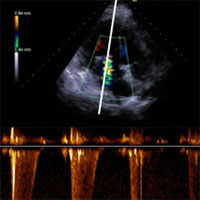
Pearls and Pitfalls in Comprehensive Critical Care Echocardiography
Comprehensive critical care echocardiography is a useful, rapid and non-invasive method to both diagnose pathology and monitor treatment response in the critically ill. Although growing dramatically in use around the world,... read more

Hospital Factors May Influence NIV Outcomes Even in Low-Evidence Use
Strong evidence supports use of noninvasive ventilation (NIV) for patients with respiratory distress from chronic obstructive pulmonary disease and heart failure – i.e., strong evidence conditions (SECs). A new study of... read more

Perspectives of Survivors, Families and Researchers on Key Outcomes for Research in ARF
There is heterogeneity among the outcomes evaluated in studies of survivors of acute respiratory failure (ARF). Patient, family and researcher groups supported inclusion of outcome domains that fit within the PICS framework.... read more

Focus on Ventilation and Airway Management in the ICU
Airway and ventilation management are particularly challenging in the intensive care unit (ICU), and are associated with high morbidity and mortality. Figure summarizes some of the more recent findings from the literature.... read more
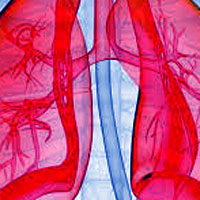
Higher PEEP versus Lower PEEP Strategies for Patients with ARDS
Use of higher positive end-expiratory pressure (PEEP) is unlikely to improve clinical outcomes among unselected patients with ARDS. We identified eight randomized trials comparing higher versus lower PEEP strategies, enrolling... read more

Platelets and Multi-Organ Failure in Sepsis
Platelets have received increasing attention for their role in the pathophysiology of infectious disease, inflammation, and immunity. In sepsis, a low platelet count is a well-known biomarker for disease severity and more... read more







